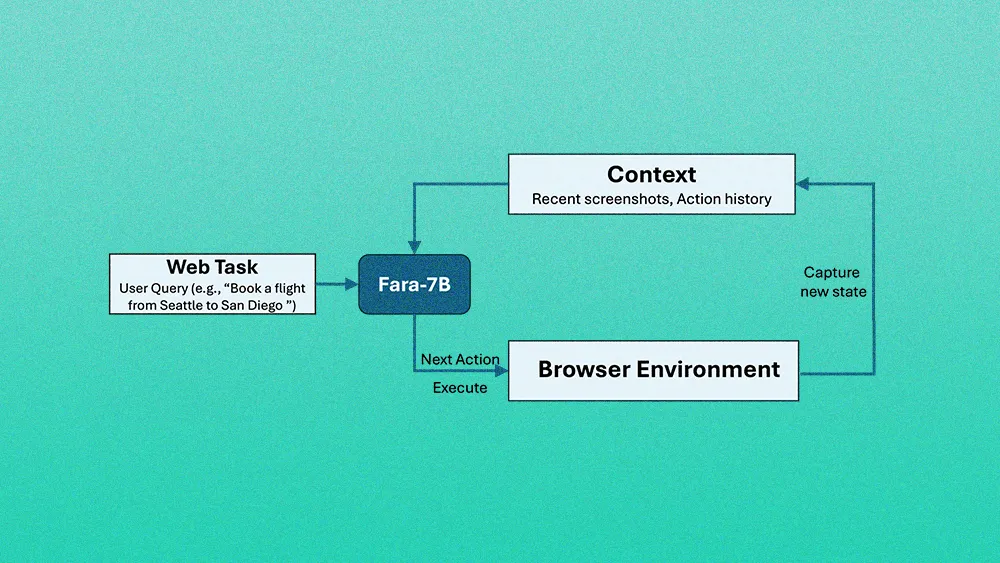Foundational models grab the headlines, but the real profits in enterprise AI sit one step higher—at the application layer, where problem-specific solutions with measurable ROI are building defensible fortunes.
We spoke with Vlad Ilchenko, a Group Product Manager at TikTok Shop with a decade of experience scaling AI products at enterprise giants like Walmart. Drawing on his experience driving measurable, double-digit revenue and adoption growth, Ilchenko argued that the industry's focus on foundational models is misplaced. The real story, he explained, is happening at the application layer, where companies have finally cracked the code on sustainable AI business models.
"There is zero franchise value at the foundation level, and it explains why sustainable moats are being built at the application layer," Ilchenko stated. "That's where you can create sticky, problem-specific solutions, and application layer companies command premium valuations because they solve measurable business problems with clear ROI." And the most successful application layer companies, he added, orchestrate multiple AI agents across business functions.
The metrics, Ilchenko noted, speak for themselves. The global artificial intelligence market is projected to exceed $107 billion by 2032. But the key insight often missed is who exactly is capturing that value.
The billion-dollar proof: "The companies generating $1 billion-plus in revenue aren't the foundation model builders," Ilchenko explained. "They're specializing in coding assistance, enterprise workflow, automation, customer service, sales, recruiting." He pointed to customer service as the prime example, where acquisition multiples tell the story. "NiCE just paid almost $1 billion to acquire Cognigy," he noted. "AI customer service agents are trading at 127x revenue multiples compared to 52x across all AI agents. That's almost a 2.5x premium, where sustainable business models actually exist."
This intense valuation premium highlights a fundamental truth: in the crowded world of enterprise AI, a specific, measurable promise wins.
The power of ROI: "If I tell you my AI agent will save you hundreds of hours per week, decrease the number of customer tickets by 50%, and improve the NPS score by 10 points in the first quarter, that's incredibly measurable," Ilchenko said. "It's easily translated into dollar value."
However, the rapid adoption is not universal. In regulated industries like healthcare and finance, progress has been far slower, creating a stark divide in the AI landscape. Digital health funding, for instance, recently dropped 21% to a five-year low, even as enterprise workflow software is "printing money." For Ilchenko, this isn't a failure of technology.
An organizational problem: "In regulated industries, AI adoption isn't a tech problem. It's an organizational change management problem," he asserted. "Healthcare AI needs clinical validation, financial services AI needs regulatory approval, and both require massive compliance infrastructure. Meanwhile, software companies can deploy AI coding assistance to 20 million developers without asking anyone's permission." The solution, he advised, is a phased adoption that builds internal trust and capability over time. "Start with back office optimization of operations," he suggested. "Once the organization is ready, it can scale to front end operations."
The enterprise AI market is maturing from experimentation to operational reality, and application-layer companies have cracked the code. The question now becomes whether traditional businesses can adapt their organizational structures fast enough to compete with companies that are born autonomous. "A 24/7, fully autonomous company that operates cross-border," said Ilchenko. "That's the vision."









